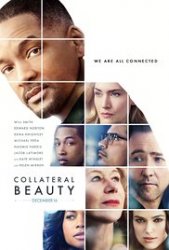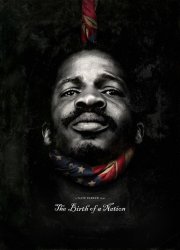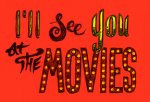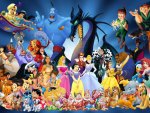What’s So Wonderful About It’s A Wonderful Life? by Clayton Pickard, KIDS FIRST! Film Critic, age 17
December 18th, 2016 My parents have been trying to get me to watch this film every year. Finally, this year I watched It’s a Wonderful Life from start to finish. I found it absolutely magical! I now understand why it’s the most popular Christmas movie of all time. Directed by Frank Capra, the film stars Jimmy Stewart, Donna Reed and Lionel Barrymore. Written by Frances Goodrich, Albert Hackett and Capra, the screenplay was further polished by the witty Dorothy Parker, which is why the dialogue really sings. Jimmy Stewart plays George Bailey, a man who is dissatisfied with his life and wishes he was never born. His wish is granted by a guardian angel, Clarence. The film shows how each life has purpose and touches everyone else’s life. The movie showed me how blessed we are and how we take our lives for granted. Also, that you can be an important person without being rich and famous. Part of the movie’s enduring appeal is its unbridled optimism. Capra made propaganda films for the US government during WWII, so he was the master at emotional manipulation. It’s a Wonderful Life was made at the end of the war in 1946, but bombed at the box office. A copyright lapse in the 70s aided its popularity because it was then played all the time on TV. The film’s
My parents have been trying to get me to watch this film every year. Finally, this year I watched It’s a Wonderful Life from start to finish. I found it absolutely magical! I now understand why it’s the most popular Christmas movie of all time. Directed by Frank Capra, the film stars Jimmy Stewart, Donna Reed and Lionel Barrymore. Written by Frances Goodrich, Albert Hackett and Capra, the screenplay was further polished by the witty Dorothy Parker, which is why the dialogue really sings. Jimmy Stewart plays George Bailey, a man who is dissatisfied with his life and wishes he was never born. His wish is granted by a guardian angel, Clarence. The film shows how each life has purpose and touches everyone else’s life. The movie showed me how blessed we are and how we take our lives for granted. Also, that you can be an important person without being rich and famous. Part of the movie’s enduring appeal is its unbridled optimism. Capra made propaganda films for the US government during WWII, so he was the master at emotional manipulation. It’s a Wonderful Life was made at the end of the war in 1946, but bombed at the box office. A copyright lapse in the 70s aided its popularity because it was then played all the time on TV. The film’s  later popularity was very surprising to Capra. My favorite scene in It’s a Wonderful Life is during the High School dance when the gym floor opens up and everyone falls or jumps into the swimming pool.
later popularity was very surprising to Capra. My favorite scene in It’s a Wonderful Life is during the High School dance when the gym floor opens up and everyone falls or jumps into the swimming pool.
Another perennial Christmas classic is Jean Shepherd’s A Christmas Story. I love the nostalgic humor of this movie, even though it is the most overplayed holiday film on cable TV. Some channels play the film in marathon 24/7! A Christmas Story is based on the reminiscences of Shepherd’s 50s childhood in Indiana. My favorite part of the film is when Ralphie, the protagonist, stands up to the neighborhood bully. My Dad’s favorite scene is when Ralphie visits Santa at the department store and is so overwhelmed that he forgets what he wants for Christmas! A recurring joke in the film is that everyone tells Ralphie that the BB gun that he wants for Christmas will “poke your eye out kid.”
My other favorite Christmas film is Home Alone, which is just hilarious. Both the original Home Alone and the first sequel really put you in a good mood. I also love both Miracle on 34th Street films. They are the most “Santa friendly” films because they prove in a courtroom that Santa does indeed exist. Another really hilarious, light Christmas film is Elf. My favorite part of Elf is when Will Ferrell accosts a dwarf, thinking that he’s one of Santa’s elves.

















